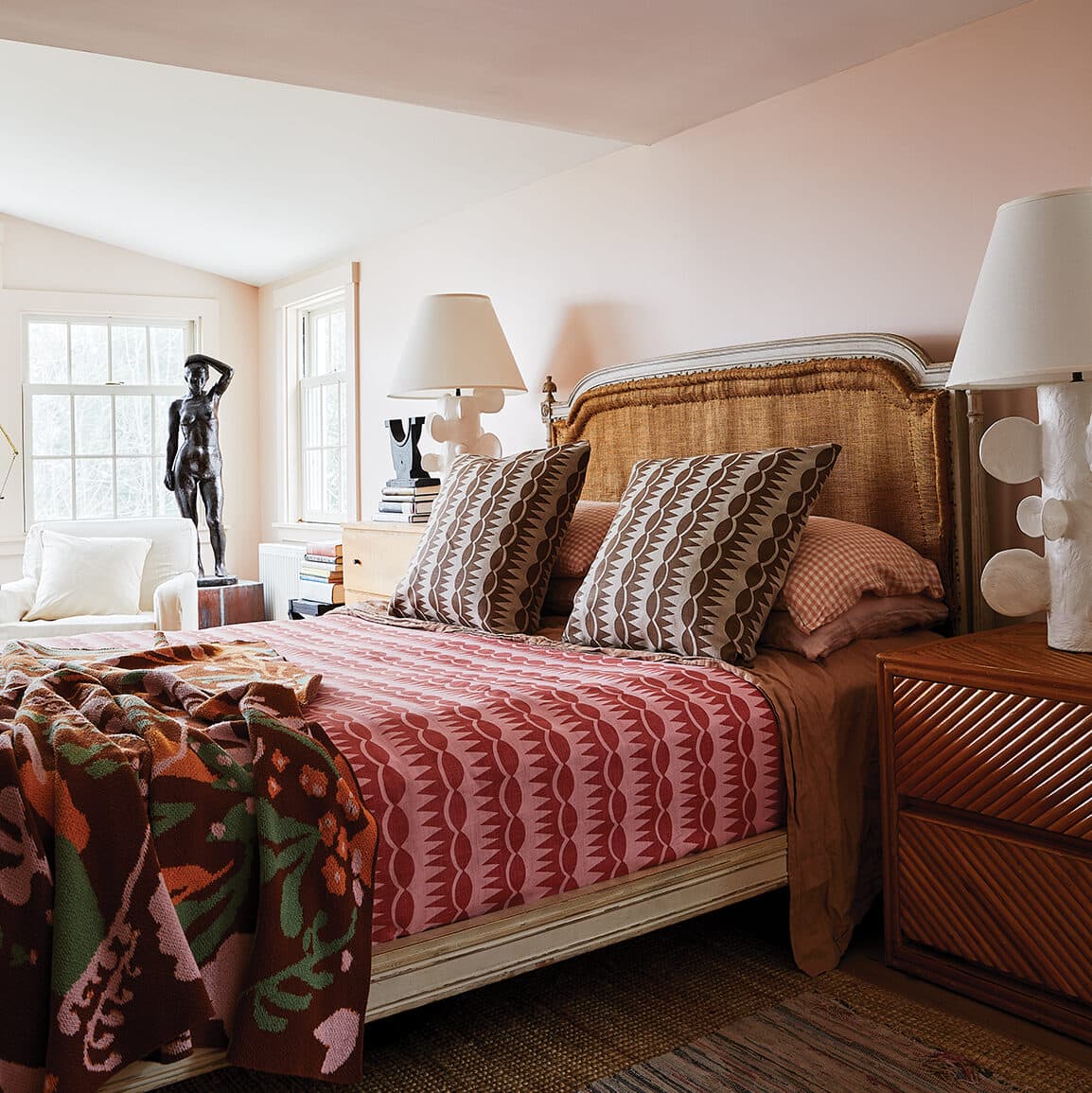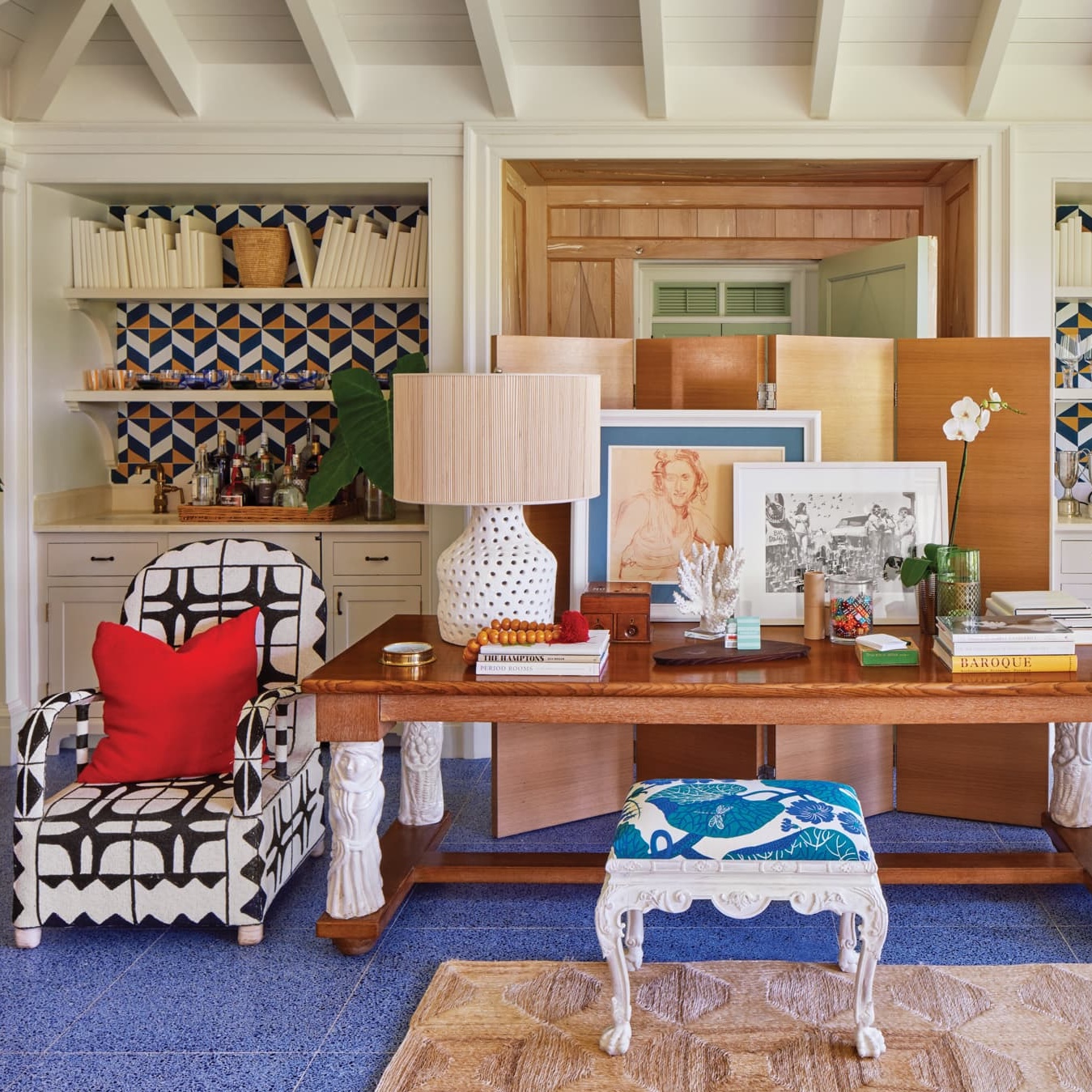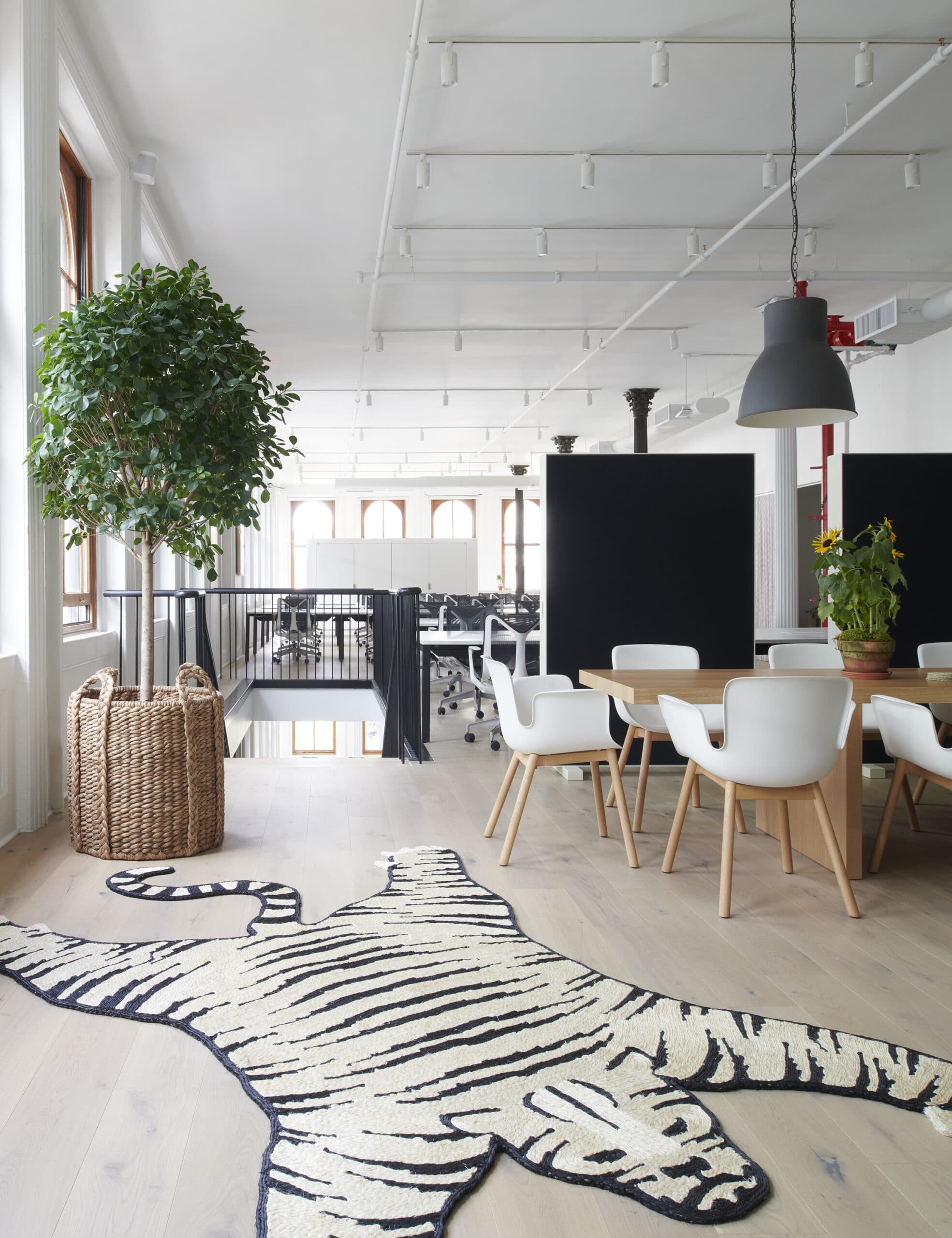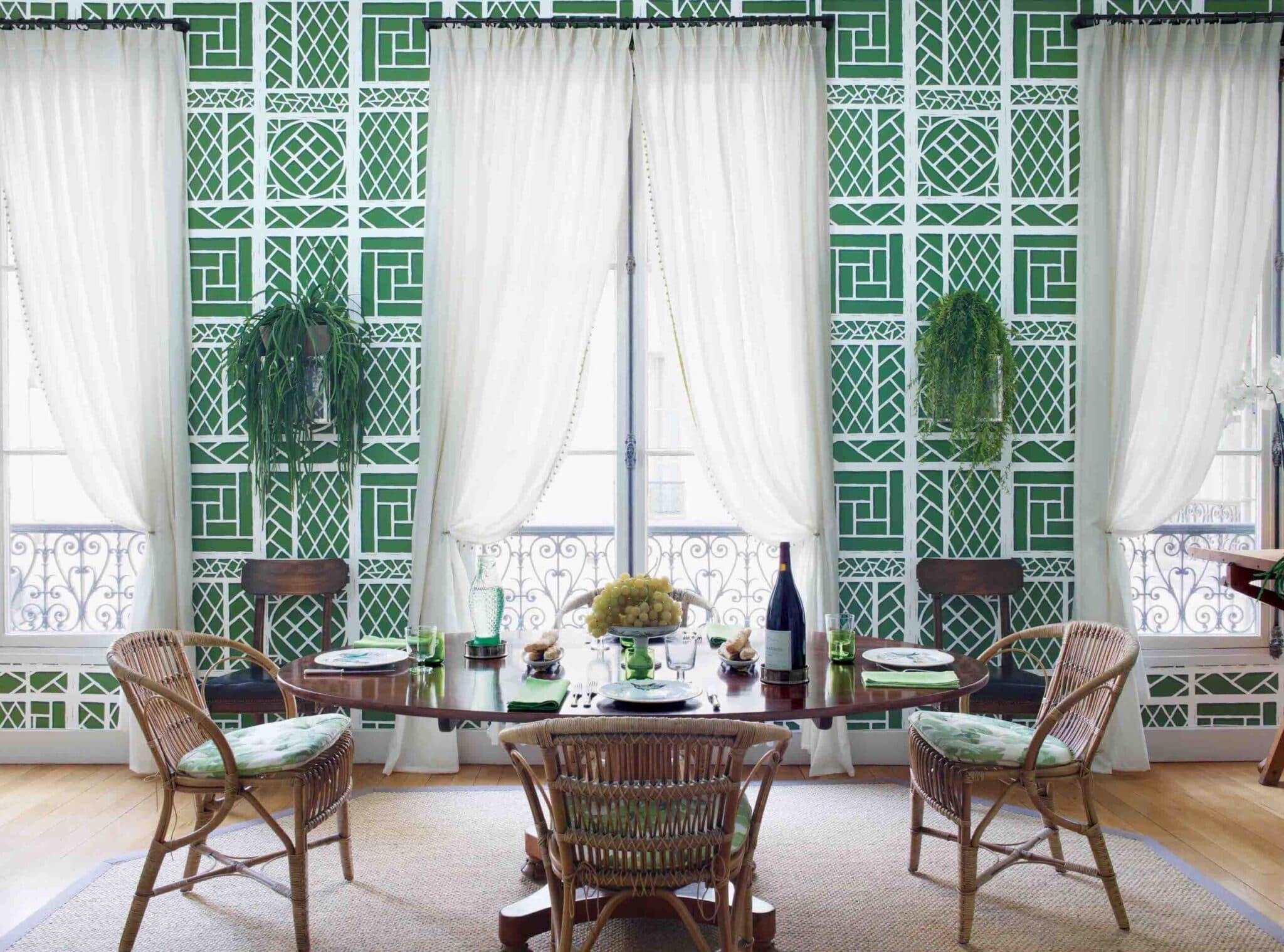
Once given second-class status, behind-the-scenes, back-of-house spaces such as mud and laundry rooms are ready for their close ups—and architect Gil P. Schafer is leading the way.
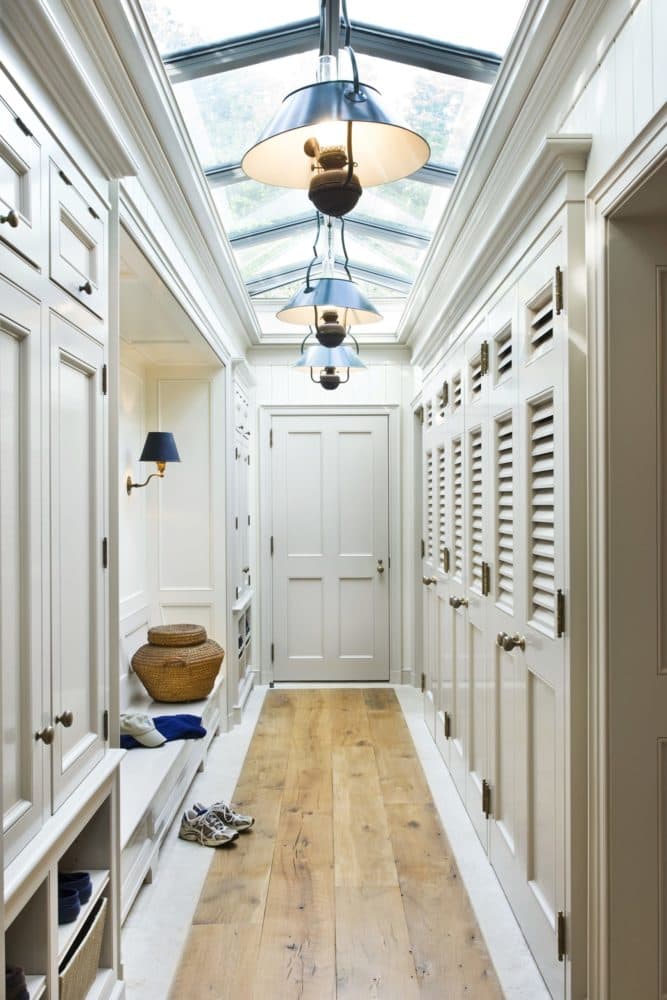
“Everything is more informal these days,” says architect Gil P. Schafer, who uses classicist traditions to create blue-chip spaces steeped in elegance and charm. “Until recently, the family never really went into workhorse zones such as laundry rooms. Now mom and dad are folding laundry, so those areas better work well and look good. Details such as moldings should be simpler, so that things don’t feel precious.”
Here, Schafer shares his insights on high-performing spaces that are a joy to use.
MUD ROOMS
For a family in Tennessee, above, Schafer created a way station that conceals purpose-built storage in a sun-drenched hallway with creamy millwork and broad plank floors. “You want to make it simple for kids to throw their stuff somewhere, so the space stays neat,” Schafer says. “This room has lockers with charging docks for devices and a place to hang coats. We added a skylight so that you can check the weather before you head out.”
LAUNDRY ROOMS
For a decorating-driven collaboration with designer Libby Cameron, above left, Schafer kitted out a utility area with orange floors and a navy washing machine, but practical details still abound: a table with a padded, upholstered top for ironing; a hanging rack that lets delicates drip-dry. A laundering nook tucked under a spiral staircase, above right—so situated to service the guest rooms on the floor above—“adds quirkiness,” Schafer says.
LINEN STORAGE
In a Hudson Valley house with storage on a well-traveled landing, above left, Schafer deployed wrought-iron hinges and overlay drawer fronts that jibe with the original 18th-century aesthetic; one of the cabinets conceals a laundry chute. For a walk-in closet in a different project, above right, drawers plus solid-door and glass-paned cabinets provide a range of storage options. The brass drawer pulls and wallpaper backing the shelves provide just the right finishing notes.
BACK STAIRS
Schafer lined a heavily trafficked spiral staircase in a Charleston house, above left, with hardy beadboard to stand up to bangs and scrapes. In the same house, above right, Schafer turned the back-stair landing into a rustically refined entry foyer. The plain spoken stair rail and reclaimed brick pavers give the space a rough-hewn nobility. “Many architects would’ve reconfigured the space to set the landing against something less awkward than the window,” he says, “but it adds character—you don’t always have to fix everything.”
EXTRA CREDIT
Love the ideas in this story? Then you might need Schafer’s two incredible books.
Photography by, from top to bottom and left to right: Jonathan Wallen (1), Paul Costello (2, 5, 7), Eric Piasecki (3, 4), Eric Roth (6).




